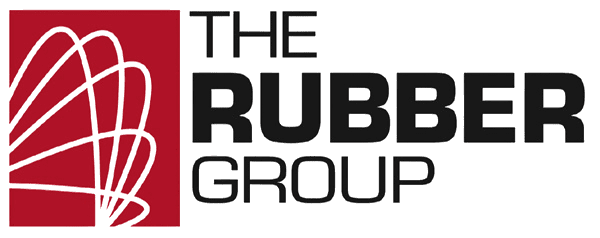Medical handles that use rubber overmolding contribute to the safety of patients and the well-being of healthcare workers. That’s because in the high-pressure environment of a medical setting, every detail counts. From the secure grip of a surgical tool to the comfort of a patient’s bed, design choices play a crucial role in successful procedures and positive outcomes.
Don’t be fooled by the simplicity of these humble handles. Rubber overmolding combines multiple materials together to form a single part and can save time and money because it eliminates the need for secondary assembly. Keep reading to learn more and contact The Rubber Group if you need rubber overmolding for medical handles.
What is Rubber Overmolding?
Imagine taking a hard handle and encasing it in a layer of soft, yet durable rubber. That’s the essence of rubber overmolding. This technique creates a two-in-one solution, combining the strength and durabilty of the hard core with the superior grip, comfort, and functionality of the rubber exterior.
Why Do Medical Handles Use Overmolded Rubber?
There are five reasons why rubber overmolding is used with medical devices and equipment with handles.
- Enhanced grip
- Ergonomic comfort
- Shock absorption
- Improved hygiene
- Increased durability
The following sections explain.
Enhanced Grip
Slippery hands can put doctors, nurses, and patients at risk. Rubber’s non-slip properties help healthcare professionals keep a firm and secure hold on instruments such as scalpels. This minimizes the risk of dropping an instrument or making an errant incision. Rubber can also be used to create textured surfaces for overmolded handles that provide tactile feedback for precise instrument control and gripping.
Ergonomic Comfort
Medical procedures and surgical operations can be long and demanding. For example, a lumbar spinal fusion, open heart surgery, or coronary artery bypass usually takes at least three hours. Because overmolded medical handles conform better to the hand, they reduce fatigue and cramping for healthcare workers. This translates to better and more precise control of medical instruments, which also reduces the risk of medical errors.
Shock Absorption
Medical instruments such as drills and bone saws generate levels of shock and vibration that healthcare professionals feel in their wrists and hands. Rubber overmolding for medical handles dampens this unwanted energy and helps reduce joint stress and strain. Rubber’s combination of viscous and elastic properties provides high inherent damping, the loss of energy in an oscillating system through dissipation.
Improved Hygiene
Medical-grade rubber is non-porous and resistant to microbial growth. It also supports cleaning, sterilization and disinfection, which is crucial for preventing the spread of hospital acquired infections. Depending on the application, medical silicones that meet ISO 10993 or USP Class VI requirements may be molded over handles.
Durability
Finally, rubber overmolding for medical handles supports greater durability. High-pressure steam from autoclaves or dry heat from ovens can cause other materials to crack, peel, or become difficult to grip. Chemical sterilants such as formaldehyde solutions and ethylene oxide (EtO) can also degrade many materials.
The Rubber Group Overmolds Medical Handles
Rubber overmolding for medical handles isn’t just about user comfort. It’s a silent guardian, ensuring a secure grip and contributing to a safer and more efficient healthcare environment. So, the next time you see a doctor or nurse with a medical instrument in hand, take a moment to notice if it has an overmolded rubber handle. A well-designed tool usually does.
To learn how The Rubber Group overmolds medical handles, contact us.
